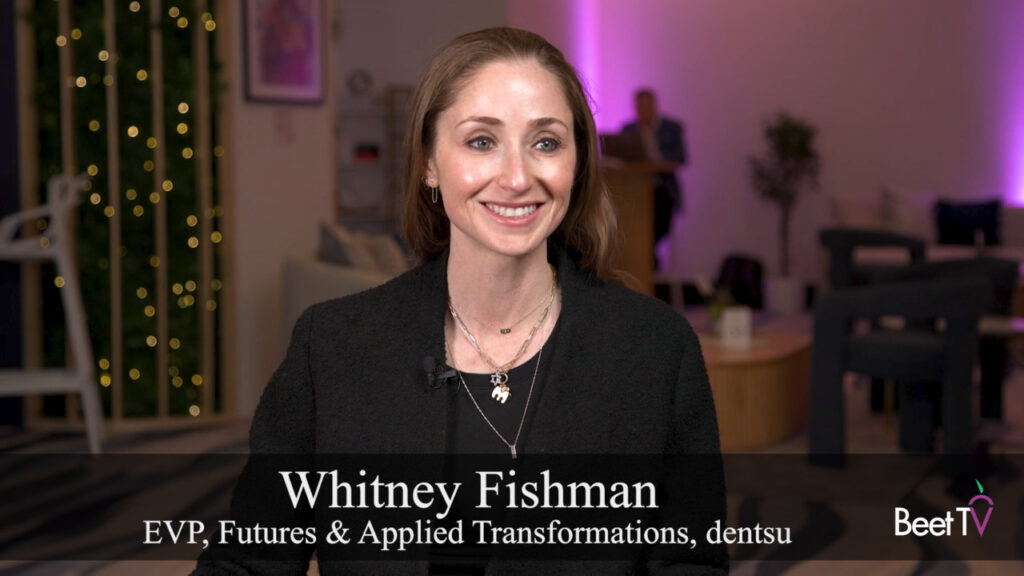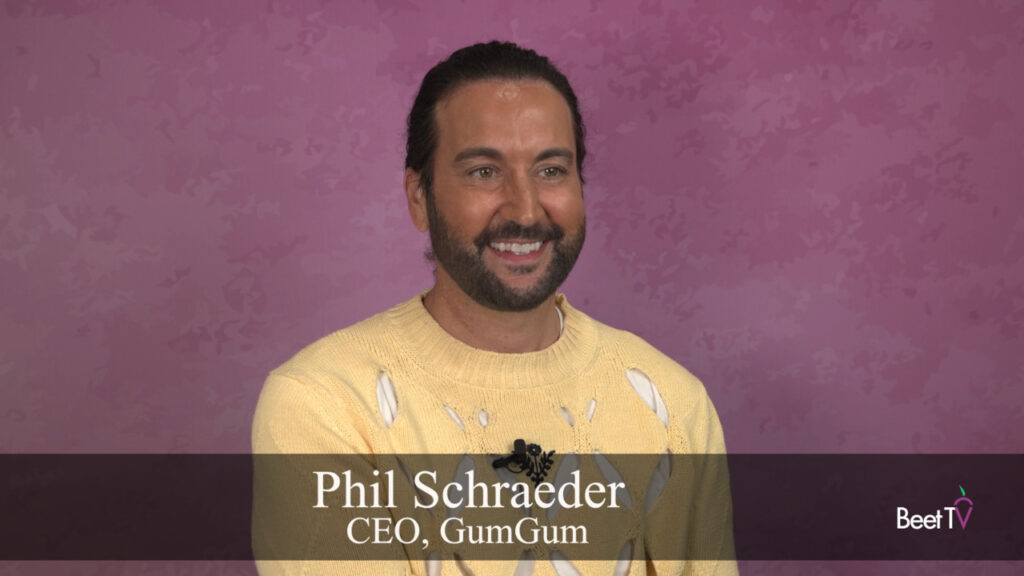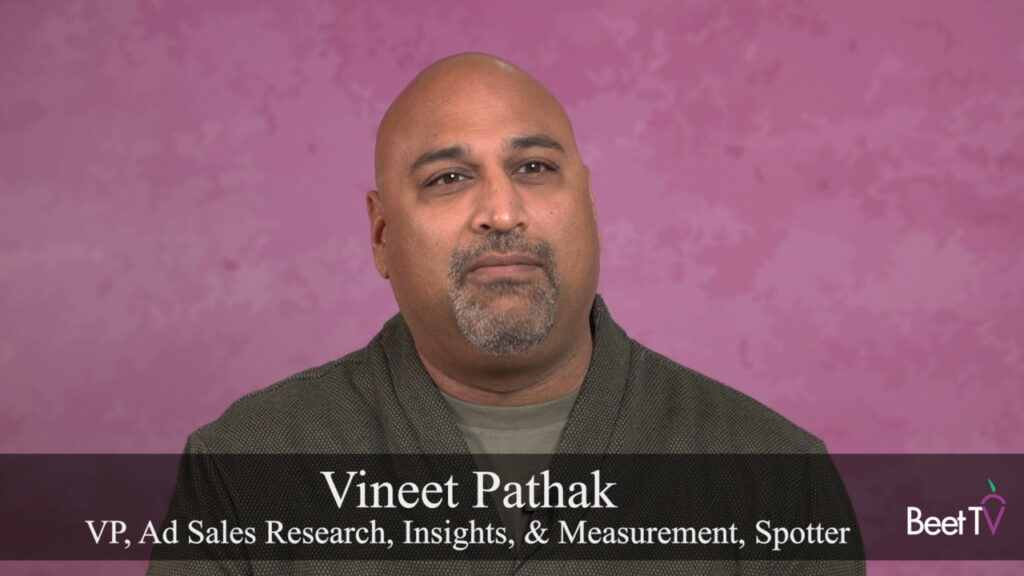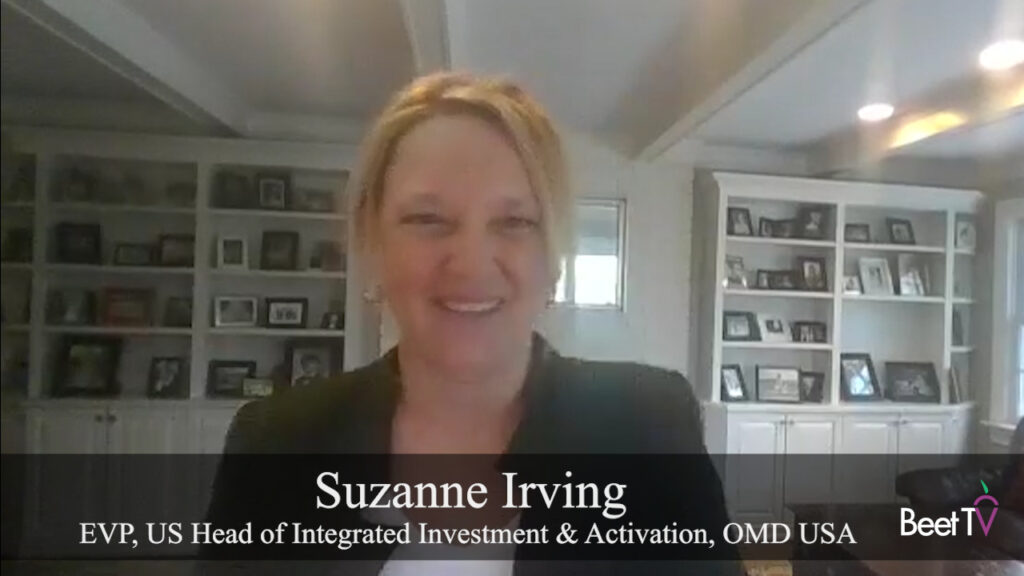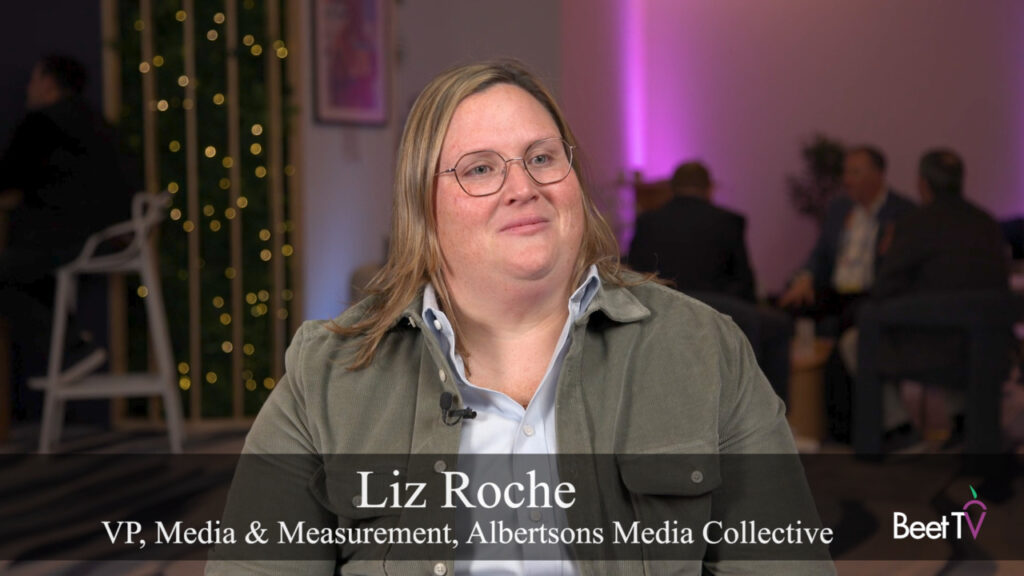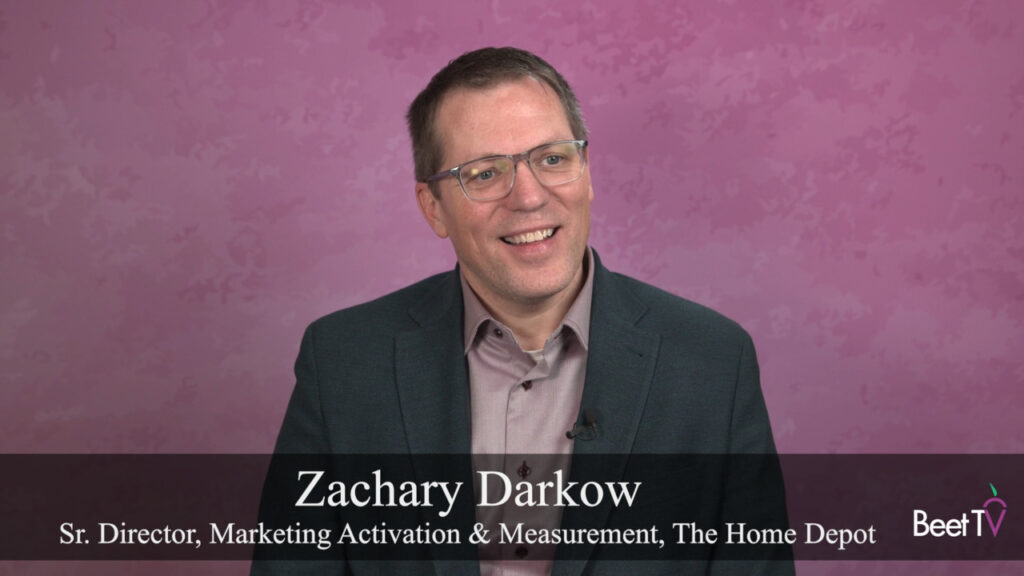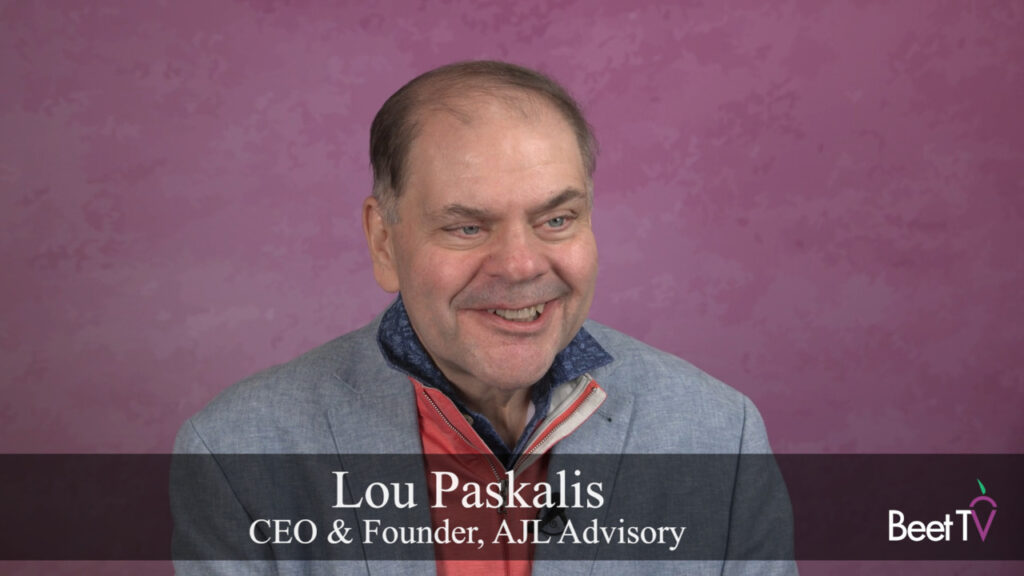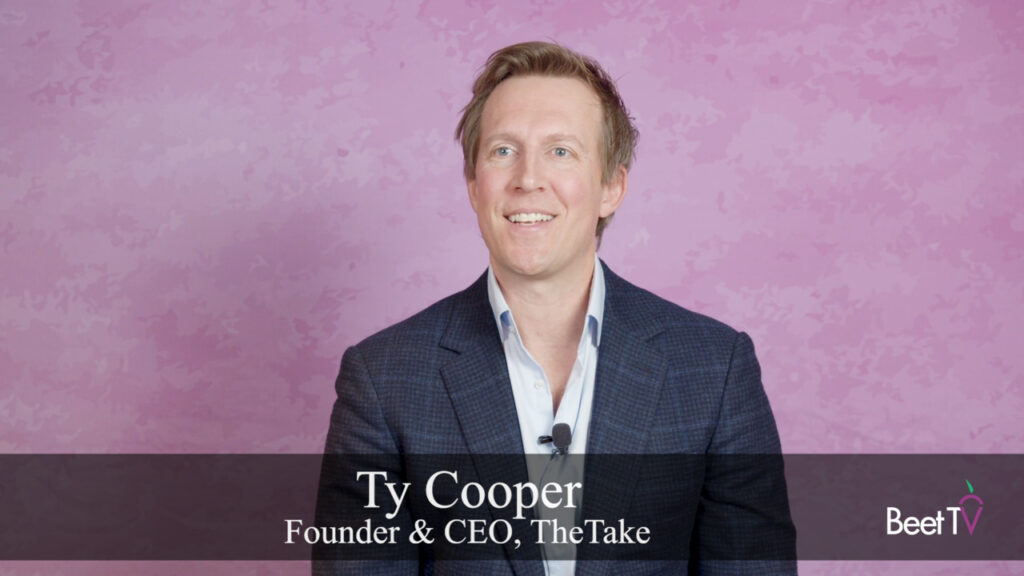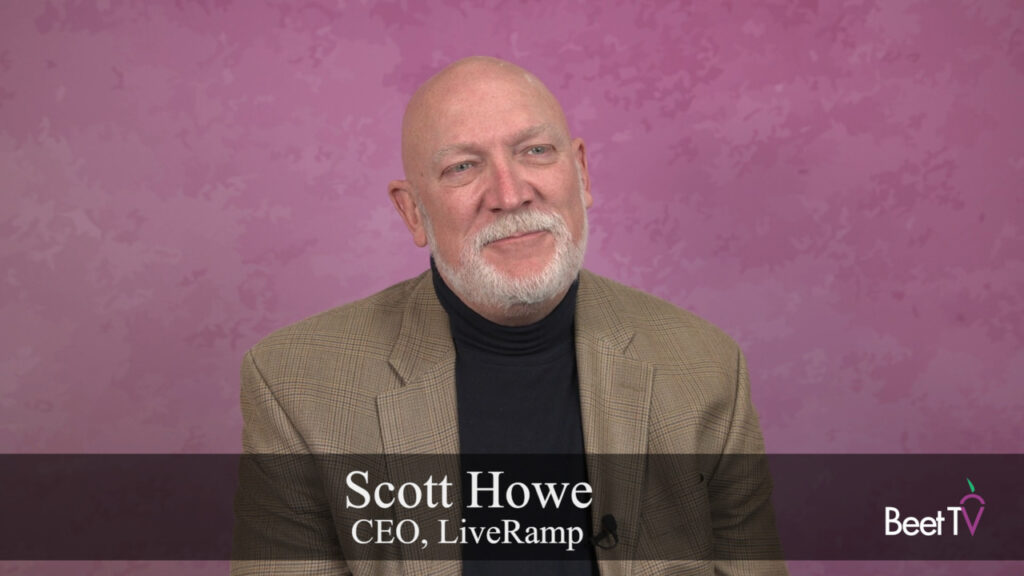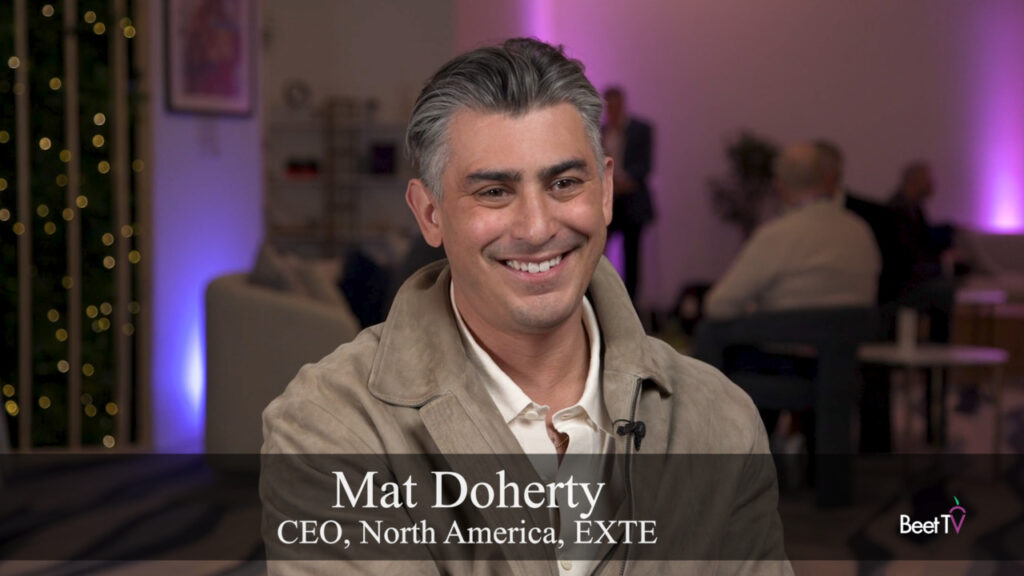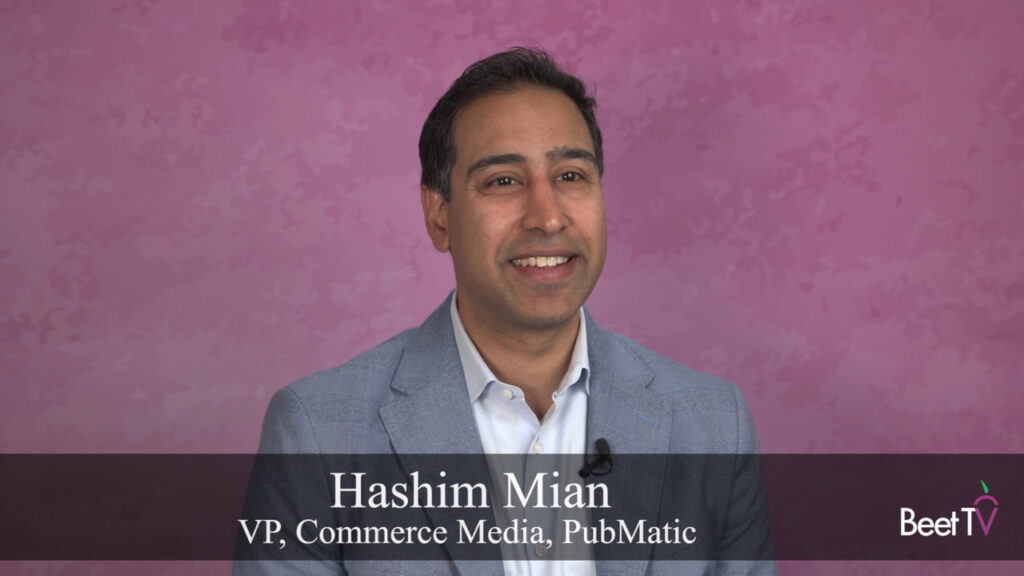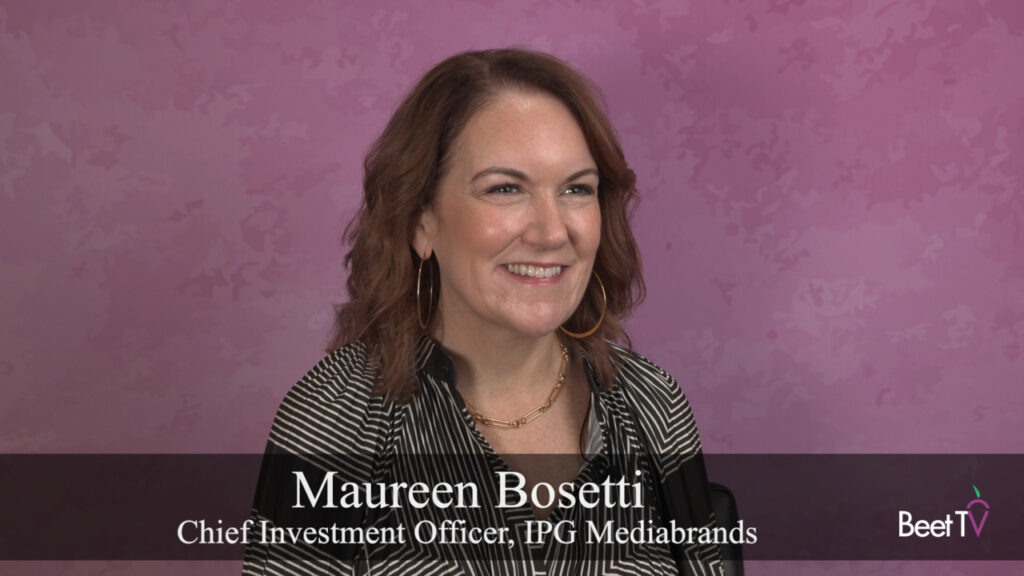As millions of households connect their TVs to the internet, the broadcasting industry is undergoing one of the biggest changes in its history. In addition to sending signals through the airwaves and cable systems, they’re also pushing linear TV content through over-the-top (OTT) platforms as traditional broadcasting converges with digital streaming.
“We are focused on this transition that many viewers are having to connected TVs away from the traditional ways they might have consumed TV,” Steve Pruett, executive chairman of TV and radio broadcaster Cox Media Group, said in this interview with Beet.TV. “We address that by making all of our news assets and our original programming available on streaming platforms.”
Streaming is often associated with subscription video-on-demand (SVOD) services like Netflix and Amazon Prime Video, but it has expanded to offer linear streams on ad-supported video-on-demand (AVOD) platforms like Peacock, Pluto TV, Tubi, Xumo and the Roku Channel.
“When streaming first started, it tended be video-on-demand-focused, but a few years ago streaming become more linear,” Pruett said. “We’re not active in SVOD at this moment. We’re certainly looking at opportunities in that space.”
The goal is to reach viewers however they choose to consume content, including on smartphones and tablets, while also avoid rights conflicts among different platforms. In addition to licensed content, Cox carries original programming and news from its local TV stations.
DAI and Programmatic Sales
Looking ahead, Pruett expects to see more development in digital ad insertion (DAI) and programmatic sales of its linear inventory — an effort that will require the backing of broadcasters, advertisers and adtech companies.
“Currently, linear TV does not have digital ad insertion,” Pruett said, adding that Cox is working with ad management platform WideOrbit to be in “a position where can have a minimum of what I would call ‘automated buying.'”
“It is really critical that broadcasters make our inventory available so that agencies can buy it on an automated platform and something that looks like a self-serve platform,” Pruett said. “WideOrbit has made steps in that direction, and we’re all pretty excited about that. It’s time for broadcasters to lean in and figure out how to solve the supply side of that.”
When it comes to programmatic sales, non-streaming linear TV “is a little further away than our OTT/connected TV streams,” Pruett said. “If it were that easy, we would already be able to sell programmatically and semi-programmatically.”
“A lot of broadcasters sort of fear the term ‘programmatic,’ so we use the term ‘automated.’ Programmatic is often blamed for the race to the bottom in digital pricing. I personally don’t think programmatic represents that. Programmatic is whatever you make it,” he said. “The biggest thing right now is to have an automated platform, and later evolve into being able to make some of our inventory available programmatically.”
You are watching “Reaching Convergence: Finding Unified Solutions,” a Beet.TV leadership series presented by WideOrbit. For more videos, please visit this page.












